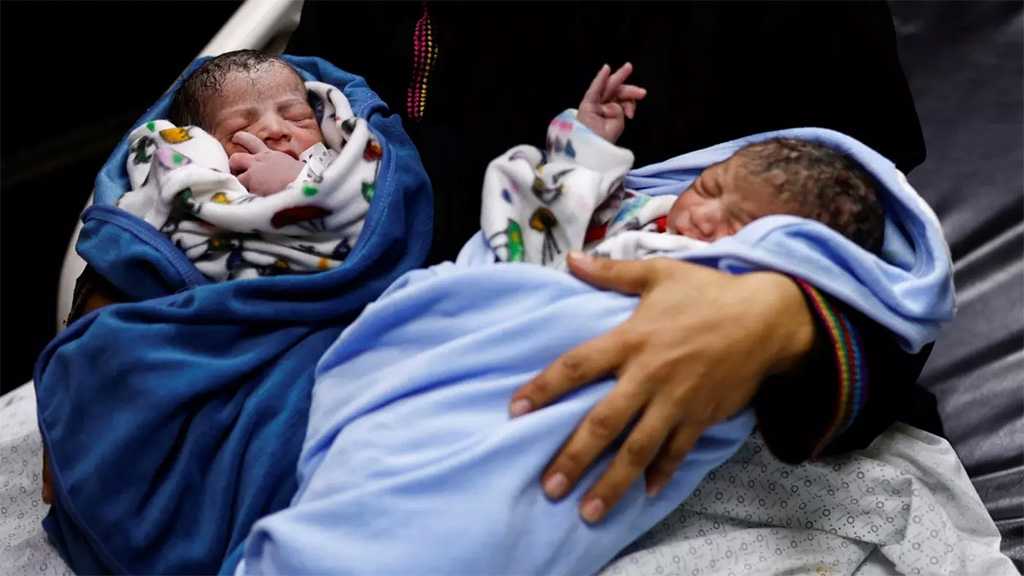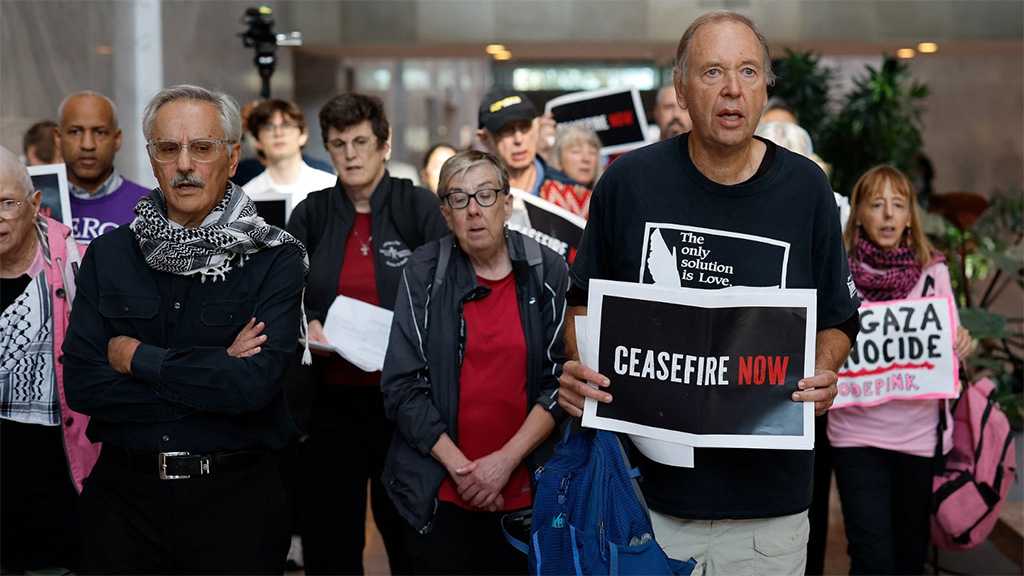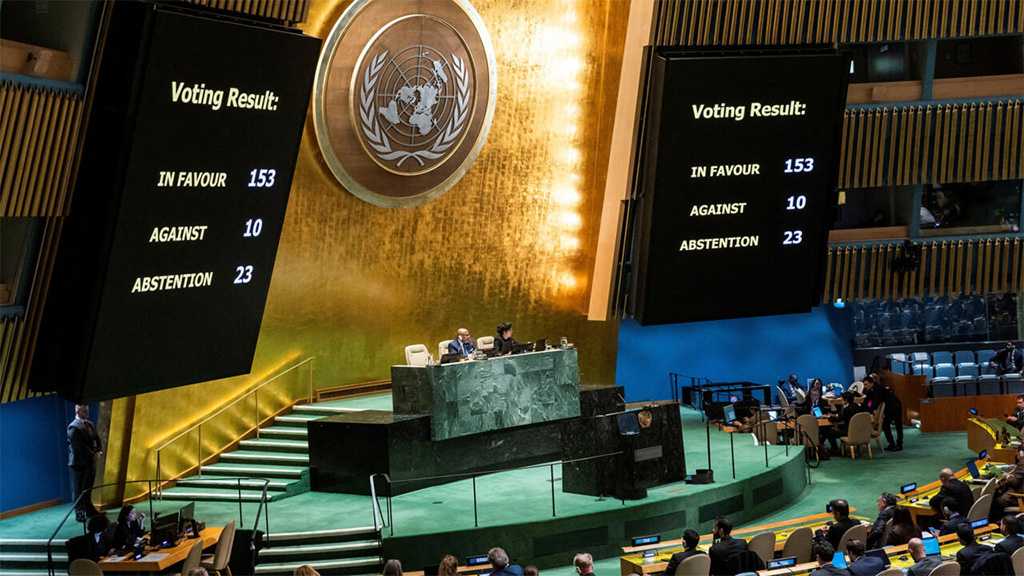
Omicron: Less Severe, But Still Dangerous

By Dr. Amir Khan – Al Jazeera
Globally, Omicron is becoming the most frustrating good news/bad news story of the moment. As we learn more about the coronavirus variant, the information and the risk it poses keeps changing. That is to be expected with any novel disease of course, but it is enough to put anyone’s head in a spin.
First, the good news: An Imperial College London study has backed up what South African clinicians have been saying since they broke the news in November, that there is much less likelihood of being hospitalized with an Omicron infection than from Delta.
The study looked at 325,000 people who tested positive for COVID-19 via a PCR test in England between December 1 and 14 – 56,000 cases of Omicron and 269,000 cases of Delta. It found that the risk of needing any hospital treatment was down by 20-25 percent with Omicron compared with Delta, but the need for an overnight hospital stay was down by 40-45 percent. For those included in the study who had not had the vaccine or previous infection, the risk of hospitalization was about 11 percent lower for Omicron versus Delta.
The study showed that two doses of the vaccine were not enough to provide any serious level of protection and that boosters are the safest and best way to protect against serious illness from Omicron and Delta. It also found that having had a previous COVID-19 infection reduced the risk of hospitalization from Omicron by about half. Still, I would exercise caution when relying on natural immunity to protect against COVID-19 as this involves getting infected with a highly unpredictable virus that risks not only serious illness and death but also Long COVID; it is much safer to opt for the vaccines.
Professor Neil Ferguson, who led the study, said it was good news but still warned about the sheer number of infections from Omicron leading to more hospital admissions in the long run.
Another study from South Africa also suggested Omicron results in fewer hospitalizations. The study led by the National Institute for Communicable Diseases [NICD], followed more than 160,000 people who tested positive for COVID-19 between October 1 and December 6, and found that those infected with Omicron were 80 percent less likely to end up in hospital when compared with other variants. The authors of this study, which is yet to be peer-reviewed, have said it is difficult to know how much this is due to Omicron being more “mild” or how much is due to immunity levels in the South African population from previous infections and vaccinations.
Meanwhile, an Edinburgh study used national surveillance data to compare Omicron and Delta infections from November 23 – when Omicron was first detected – to December 19. The study only involved a small number of cases, and has yet to be peer-reviewed, but found a 65 percent lower risk of hospital admission when compared with Delta. Jim McMenamin, the national COVID-19 incident director at Public Health Scotland, described the findings as a “qualified good news story.”
Good news this may all be, but it is probably not yet time to rest on our laurels.
Which brings us to the bad news: Omicron cases have been rising across the world, far faster than initially thought. The United States and the United Kingdom are reporting record daily cases, with cities like London and New York worst affected.
Even accounting for 40-50 percent less severity and hospital admissions, if there are three times more cases, that will result in more hospitalizations and deaths than what we saw with Delta.
But it is not just about hospitalizations and deaths. When people test positive for COVID-19 they must then isolate. With Omicron being so transmissible, numbers of positive cases are rising steeply, resulting in more and more people being off work. This will inevitably start to affect front line services: transport, the police force, fire services and healthcare.
When this starts to happen, these vital services become unviable, and cancellations start to happen. Perhaps we can tolerate trains being cancelled – it is an inconvenience but not life-threatening – but when hospital procedures have to be cancelled due to a lack of staff, then lives begin to be put at risk. Many healthcare systems around the world are just beginning to ease the backlog of procedures caused by the initial phases of the pandemic when medics were mostly focused on COVID-19 patients. Now we hear about people having to wait hours for an ambulance due to crew shortages, cancer treatments risking further delays, and surgical operations risking cancellation yet again. Omicron may be milder, but it poses an equally lethal threat to healthcare systems as any previous variants before it.
The other danger is if the public holds onto this “milder” narrative, there is a risk that some people may become complacent about regular lateral flow testing, mask-wearing and ventilating indoor spaces. It may even lead to fewer people taking up the booster vaccines. This will then result in further cases and eventually an increase in hospitalizations and deaths.
Governments across the world have reacted differently to the emergence and spread of Omicron. Countries like the Netherlands have adopted a firm lockdown approach whereas the US and UK have very lax measures in place. History has shown us the quicker we act the better the outcome when it comes to putting restrictions in place. Relying on the “milder” narrative may well come back to haunt some of our world leaders who most likely have their eyes closed and their fingers crossed, hoping that the surge in cases will not translate into hospital admissions.
Progress report: Pardes Biosciences COVID-19 pill shows promising results
A relatively new pharmaceutical company, Pardes Biosciences, said on December 21 that its experimental drug, PBI-0451, has proven to be effective as a stand-alone treatment for COVID-19. It would have the advantage over the Pfizer pill in that it is a single tablet regimen as opposed to a mixture of drugs taken as separate tablets.
The drug is a protease inhibitor, it works by blocking an enzyme vital for viral replication.
“We believe the ability to have an un-boosted regimen will be important,” Pardes Chief Executive Officer Uri Lopatin told Reuters, referring to the drugs working without the need for additional medication to help it like the Pfizer regimen [made up of two drugs: the protease inhibitor nirmatrelvir and the antiviral drug ritonavir, which has been shown to cut the need for hospitalization by 89 percent for high-risk patients who test positive for COVID-19].
Pardes said it expects to complete its current Phase 1 study in healthy volunteers early next year. After this, it will move onto larger trials and eventually regulatory board approval.
It is becoming clear, that oral drugs for the treatment of COVID-19 at home are going to be an important weapon in our arsenal against the virus.
Good news: Vaccine approved for vulnerable 5-11-year-olds, but is it enough?
Although it feels much later than the rest of the world, on December 22, the UK Joint Committee for Vaccinations and Immunizations [JCVI] finally approved the reduced dose Pfizer vaccine for vulnerable 5-11-year-olds. The approval was limited to those children who are in a clinical risk group or who are a household contact of someone [of any age] who is immunosuppressed.
The news will be welcomed by those families who have had to live with sending their child with an underlying health condition to school, where COVID-19 rates have been high. Many of them have pushed for better safety mitigations in classrooms such as improved ventilation and mask-wearing but have had no luck getting the British government to change its policies.
The decision has been welcomed by most scientists and doctors who have been pushing for primary school-aged children to be given the vaccines based on real-world data coming from the US. There, more than 5 million children aged 5-11 have already been given the COVID-19 vaccines since November – with no serious adverse events reported, including no cases of heart inflammation [myocarditis], which was the concern in older children.
But as welcome as the JCVI’s approval is, many parents, scientists and doctors want the vaccine rolled out to all 5-11-year-olds in England, and feel that parents should be given a choice as to whether or not they want their child vaccinated against COVID-19.
The concern comes as COVID-related admissions for children have begun to increase in the UK, with the Omicron variant likely to blame. Healthy children may well be at lower risk of serious disease, but the risk is not zero and there is a chance of them developing Long COVID symptoms.
The JCVI are right to be cautious when looking at any treatment for children, but there is now overwhelming evidence for vaccinating 5-11-year-olds and every day they delay approving for all in this age group, they risk children getting sick.
Personal account: How misinformation kills – an unvaccinated patient in hospital with COVID
I recently lost an unvaccinated patient to COVID-19.
It is not unusual for medics to treat patients sick with COVID-19 who have not been vaccinated. This particular patient had previously told me they did not want to take up the vaccine as they had heard the contents of it were “magnetic” and that it could affect their future chances of having children.
When I tried to explain this was not the case, I was promptly told they expected me to say that as I was being “paid” by the pharmaceutical companies to promote and dish out the vaccine. Obviously, none of this was true, but I could not convince the patient.
Three months later, while working in a “Red Hub” – where we see patients with suspected COVID-19 who can be managed at home – I saw the same patient. They were short of breath and hot with a temperature. I listened to their chest, assessed their heart rate and blood pressure. Apart from a fast heart rate, everything seemed normal to begin with. Then I measured their blood oxygen levels, which were worryingly low. I checked again to make absolutely sure: they were dangerously low.
I told the patient we had to call for an ambulance to take them into hospital. I got an oxygen cylinder and mask, turned it up, and put the mask on the patient. I could tell from the look in their eyes that this was the first time they began to seriously worry about their symptoms.
“What do you think it is, doc?” they asked.
“I think you may have pneumonia from COVID-19,” I said. “Your oxygen levels are low and your heart rate is high. We need to get you to hospital for a scan and medication.”
“Will I be okay?” they questioned, now tearful.
“We will do our best,” I replied. The truth was this person had other health problems that put them at risk of complications of COVID. At that point, the ambulance arrived and took them away.
As I was tidying up the oxygen and the rest of my medical equipment, I thought about the look of fear in the patient’s eyes. It was heartbreaking.
Three weeks later, I got a notice telling me this patient had died from complications of COVID-19. I was angry. Angry because this could have been avoided.
It is such a shame that some are being brainwashed by those who target vulnerable people and make them believe the misinformation about the vaccine.
The sad part is those people who spread the misinformation will never be held accountable for the death and disability they have caused. They probably don’t even think about it. But it is us, the front-line workers, who see it and have to console family members who continuously ask: “Could this have been avoided if they had taken the vaccine?”
The answer to that question is, most likely, yes.
Reader’s question: What is the difference between a “third” dose and a “booster” dose of the vaccine?
For most healthy individuals, the current COVID-19 vaccine regimen consists of the first and second dose usually between 3-12 weeks apart depending on where in the world you live, and the guidelines set out by your local medicines’ approval body. Following these doses, countries are recommending a booster vaccine to help top up your protective antibodies, especially now with the Omicron variant in circulation.
However, the regimen for those who are classed as immunocompromised [have a weakened immune system] is different. These include people with HIV, leukemia, and those who have had a recent organ transplant. For these people, a third additional dose is advised by many regulatory bodies, including the Joint Committee on Vaccination and Immunization [JCVI] in the UK, and they would get their booster jab after this third dose.
Data from the OCTAVE trial showed that almost everyone who was immunosuppressed mounted an immune response after two doses, as indicated by either antibodies or T-cells. However, in about 40 percent of people, the levels of antibodies were low. People with severe immunosuppression are more likely to be severely ill if they do catch COVID-19.
As a general guide, the third dose should usually be given at least eight weeks after the second dose, but with the flexibility to adjust the timing so that, where possible, immunosuppression is at a minimum when the vaccine dose is given. This will enable a better immune response to be generated. For example, it is preferable to give a vaccine dose before someone undergoes chemotherapy, rather than during their treatment.
A third primary dose is an extra “top-up” dose for those who may not have generated a full immune response to the first two doses. In contrast, a booster dose is a later dose to extend the duration of protection from the primary course of vaccinations.
Comments



